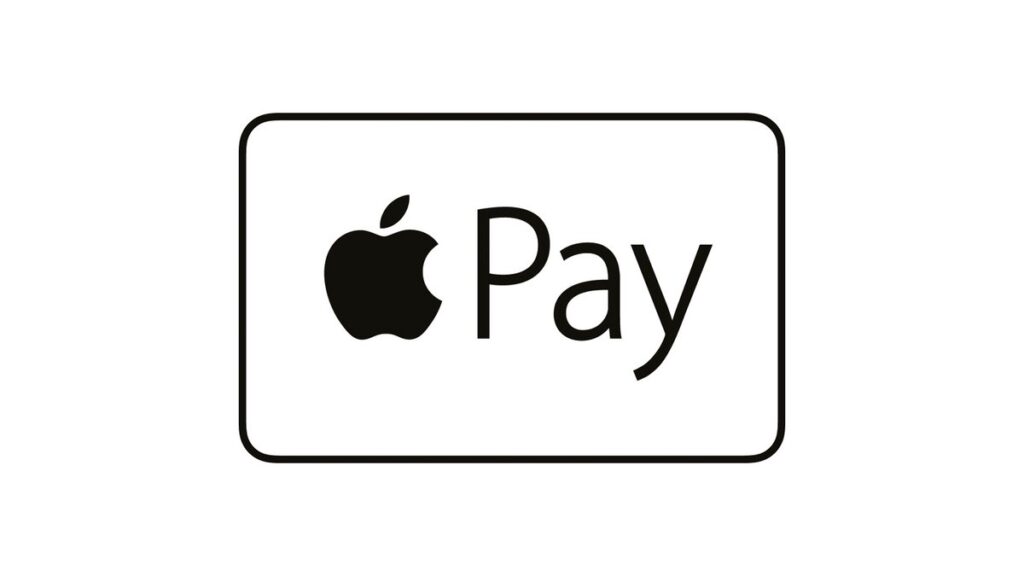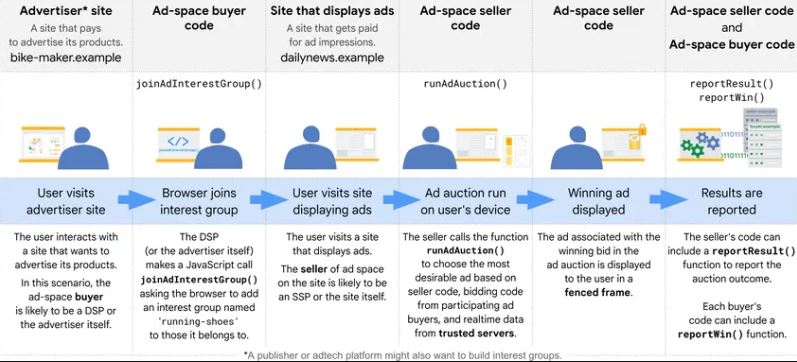
Visualize Information On Twitter With Indiana University’s New Tools
The Observatory on Social Media at Indiana University has released three new Twitter tools that allow users to examine information spread on the app social media more closely.
Those looking to analyze how information moves through Twitter and how topics go viral now have the tools to do just that.
Visualizing Information Spread On Twitter

Created by the Observatory on Social Media or OSoMe at Indiana University, the collection includes three freely available tools that comprehensively examine the conversations, players, messages, and polarization in online discussions around tweets and hashtags.
- Networks Tool – Creates 3D maps of information networks that visualize retweets, mentions, relations between hashtags, and other data.
- Trends Tool – Analyzes tweet volume within a given hashtag, URL, or keyword over time to identify trending topics, viral content, and specific topics like brands, products, or stocks.
- BotAmp Tool – Identify and measure bot activity for a specific keyword or hashtag and compare bot activity across topics.
A Deeper Look At Communication And Inauthentic Behavior Online
OSoMe is a joint project between the Network Science Institute, the Center for Complex Networks and Systems Research at the Luddy School of Informatics, Computing, and Engineering, and Indiana University’s Media School, specializing in the study of information, misinformation, and vulnerabilities that have risen with social media.
A New Generation Of Tools And Analysis For Brands And Publishers
Journalists, researchers, and users don’t have to find solutions to major social media issues to find the OSoMe tools valuable.
As competition increases, consumer habits change, and the noise level of the online world continues to rise, companies, marketers, and even non-profit organizations have to take deeper looks at the data they already have available.
Personas, for example, were once based on basic demographic information.
Now, deep dives into social networks allow marketers to understand:
- Language patterns
- Pain points
- Customer education opportunities
- Content and branding gaps
- Keyword use and intent
- Target market and segments
- Advertising and marketing gaps
- Profitable partnerships
Source: Visualize Information On Twitter With Indiana University’s New Tools
Tips for how to post effectively on LinkedIn from SEO Sara Taher
Whenever I visit LinkedIn lately, I almost always see an update from Sara Taher, the SEO Team Lead at Flywheel Digital.
And many of her posts tend to get a lot of engagement. Her updates regularly attract hundreds of reactions, comments and shares.
So what’s her secret to posting effectively on LinkedIn and being so visible? Has she figured out the LinkedIn algorithm?
Taher was kind enough to give a little insight into her LinkedIn posting strategy. What follows are highlights of our Q&A. You may notice that much of the advice Taher shares aligns with LinkedIn’s advice for creators.

Pick your LinkedIn goal(s). Taher’s biggest goal on LinkedIn? To build her personal brand.
- “My audience is SEO and digital marketers mainly, but I was able to attract some tech-savvy business owners and some marketing managers looking for SEO consultants,” Taher said.
Keys to a successful LinkedIn post. Taher said she doesn’t use a schedule. She writes based on inspiration. Very often, Taher said she gets an idea for a post from something she is actively working on.
So what formula works for Taher?
- “The formula is four things. Provide 1. relatable and 2. actionable information. 3. Be yourself and 4. be real.”
- “SEOs can understand my posts, I make sure it’s easy and simple to understand. They also find it relevant to everyday SEO tasks.”
Is there a “best time” to post on LinkedIn? I know, I know. Posting at mid-morning, midweek guarantees nothing in terms of visibility or engagement for your LinkedIn post. But I was curious if Taher had noticed any days or times that worked generally for her. Here’s what she said:
- “My audience is international with different time zones and even sometimes different weekend days (some countries take Friday and Saturday off as weekend). I just found that posting first thing in the morning my time, and generally posting on Sundays, Tuesdays and Wednesdays, would get the most engagement.”
What to avoid. Taher also has some advice on what doesn’t work:
- “Definitely trying to be like someone else. Don’t try to imitate other people’s style,” Taher said.
Taher said she learned a lot by following other SEO experts on LinkedIn and connecting with them. But you can learn from others without copying them.
Defining success. Success will depend on your goals. So how does Tahker measure “success” for her LinkedIn post?
- “Success for me is when I get engagement on a post. And when I get positive feedback from followers.”
One final bit of advice. And this is something more people in our space need to hear:
- “Posting and becoming a public figure in the SEO community is a responsibility, as people actually follow your advice. So don’t post anything you are not 100% sure of.”
Source: Tips for how to post effectively on LinkedIn from SEO Sara Taher
Apple Pay may actually be useful for more users soon

Using Apple Pay might actually end up being a pleasant experience for users soon following rumors of a new update to the mobile payments service.
Reports have claimed that Apple Pay will soon work on other browsers aside from the company’s Safari platform, opening up the service to more users everywhere.
The feature was uncovered by MacRumors contributor Steve Moser, who found Apple Pay worked with both Microsoft Edge and Google Chrome in the latest iOS 16 beta 4.
Apple Pay browsers
In a series of tweets, Moser demonstrated how a new “Continue with Apple Pay” option was now appearing on Apple’s checkout page when using Edge and Chrome.
Moser’s work was later added to by another Twitter user who spotted Apple Pay had worked on Firefox before the iOS 16 beta 4 release.
Until now, Apple Pay had only worked in Safari, forcing users to embrace the full Apple software ecosystem regardless of what browser they used on a daily basis.
Moser noted that Apple Pay still isn’t available in macOS, most likely because, due to Apple’s own requirements, Edge, Chrome and Firefox all use the WebKit rendering engine in Safari on iOS.
As the updates were spotted in a beta version of iOS, it’s likely that they will be released at some point – probably after Apple has been able to iron out any kinks.
Source: Apple Pay may actually be useful for more users soon
Google begins testing FLEDGE API on AdSense
FLEDGE is a Privacy Sandbox proposal for remarketing and audiences. It’s designed so that it can’t be used by third parties to track user browsing behavior across websites. Google will begin testing the API on AsSense accounts on August 28.
What is FLEDGE. The API uses interest groups to enable sites to display ads they believe are relevant to their users. According to Google, when a user visits a website that wants to advertise its products, an interest group owner (such as a DSP working for the site) can ask the user’s browser to add membership for the interest group. The group owner (in this example, the DSP) does this by calling the JavaScript function navigator.joinAdInterestGroup(). If the call is successful, the browser records:
- The name of the interest group: for example, ‘custom-bikes’.
- The owner of the interest group: for example, ‘https://dsp.example’.
- Interest group configuration information to enable the browser to access bidding code, ad code, and real-time data, if the group’s owner is invited to bid in an online ad auction. This information can be updated later by the interest group owner.
Later when a user visits a website that sells ad space, the seller for the website can use FLEGDE to run an ad auction to select the most appropriate ads to display to the users. Bidding is only run for the interest groups the user is a member of, and whose owners have been invited to bid.

AdSense testing. Testing for FLEDGE will begin on August 28 in AdSense. Google does not predict any revenue change or performance impacts “for now.” You can turn off access to FLEDGE on your Chrome browsers by following the instructions here.
Source: Google begins testing FLEDGE API on AdSense
More News:
Responsive Search Ads take center stage – are you prepared?